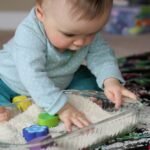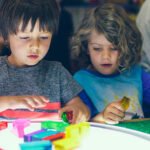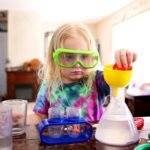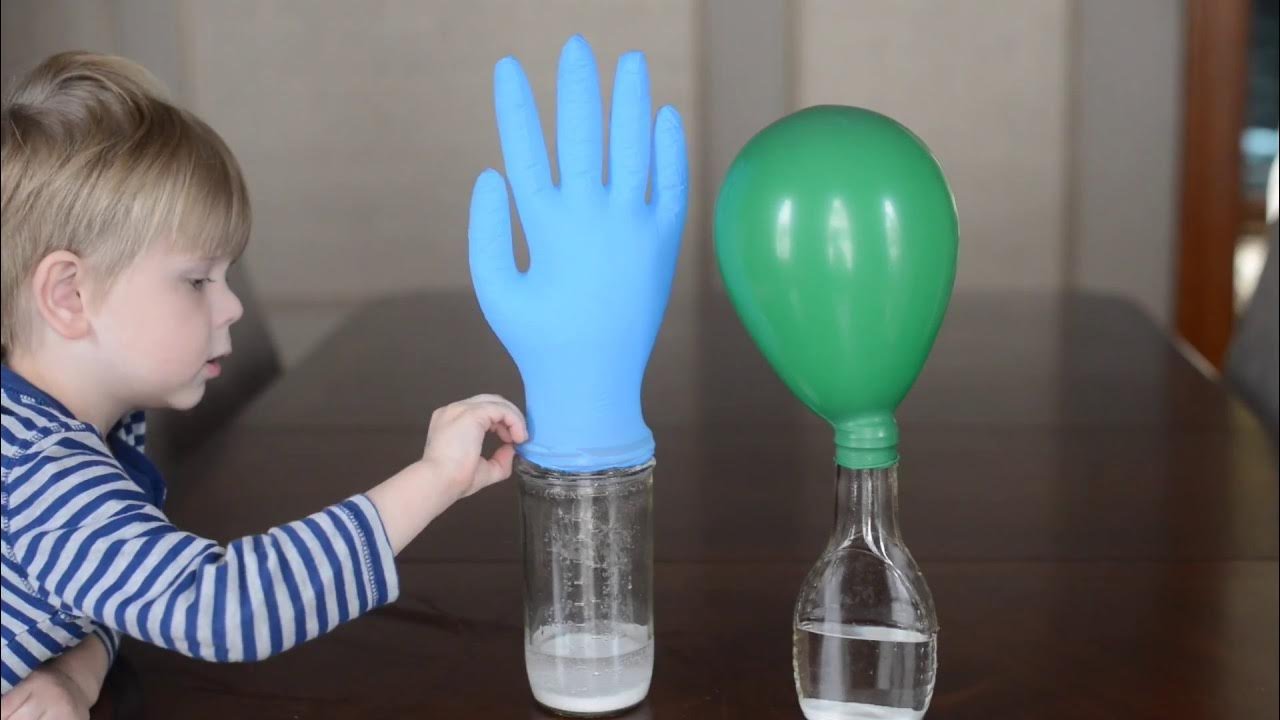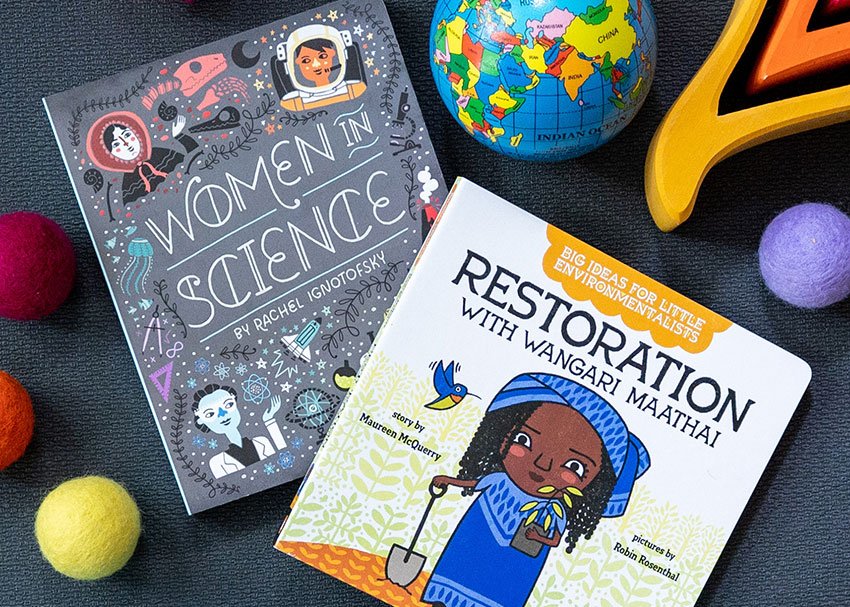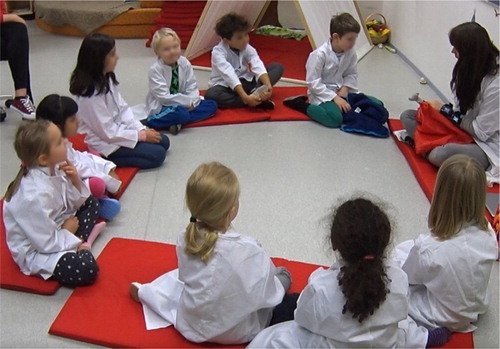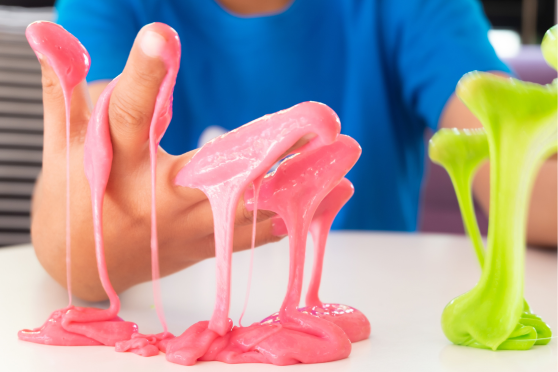Introducing toddlers to science through hands-on activities can ignite their curiosity and foster a love for learning. Simple science experiments are a great way to engage young children in discovering the world around them. These projects are not only fun but also promote essential developmental skills like problem-solving, fine motor coordination, and understanding cause and effect.
Here are some easy, fun, and safe science experiments to try with your toddler at home.
1. Color Mixing with Water
Objective: Teach toddlers about primary colors and how mixing them creates new colors.
What You Need:
- Clear plastic cups or bowls
- Food coloring (red, blue, yellow)
- Water
- Droppers or spoons
Instructions:
- Fill three separate cups with water.
- Add a few drops of different colored food coloring to each cup (red, yellow, blue).
- Provide your toddler with droppers or spoons and let them experiment by mixing the colors together to see what new colors they can create (e.g., red + blue = purple).
- Ask them to guess what colors might happen when mixing others.
Why It Works: This experiment teaches toddlers about color mixing while stimulating their curiosity about how different colors interact.
2. Baking Soda and Vinegar Volcano
Objective: Demonstrate a basic chemical reaction in a fun, explosive way!
What You Need:
- Baking soda
- Vinegar
- A small container (such as a plastic bottle or cup)
- Tray or large bowl (to catch any overflow)
- Food coloring (optional)
Instructions:
- Place the container on a tray or in a large bowl to catch any mess.
- Add 1-2 tablespoons of baking soda into the container.
- Pour in a small amount of vinegar and watch the eruption begin! Add food coloring for a more colorful explosion.
- Let your toddler observe the bubbling and fizzing reaction.
Why It Works: This simple science project introduces toddlers to chemical reactions, and the visual excitement of the fizzing eruption will keep them engaged and fascinated.
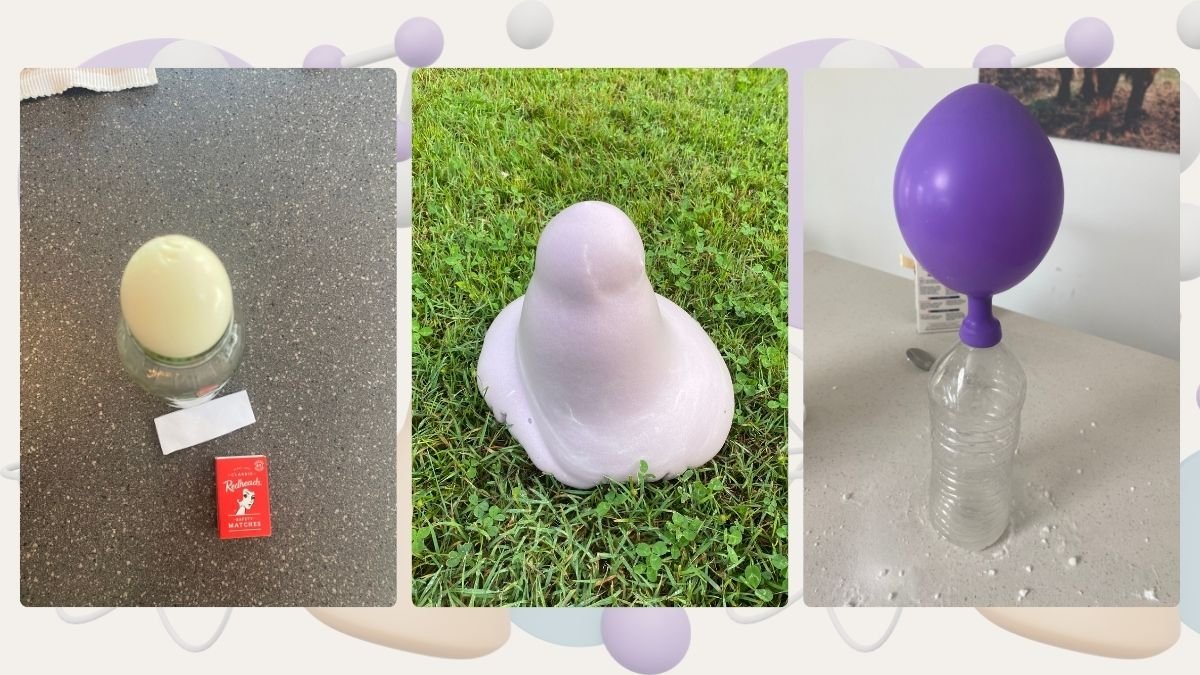
3. Magic Milk Experiment
Objective: Teach toddlers about surface tension and chemical reactions.
What You Need:
- Whole milk (or any milk)
- Food coloring
- Dish soap
- A shallow dish or bowl
- Cotton swabs
Instructions:
- Pour milk into the shallow dish to cover the bottom.
- Drop a few drops of different colors of food coloring in various spots of the milk.
- Dip a cotton swab into dish soap and then touch it to the surface of the milk.
- Watch as the colors swirl and move around!
Why It Works: This experiment uses the principles of surface tension and the interaction between milk proteins and soap, creating beautiful swirling patterns that will captivate your toddler’s attention.
4. Float or Sink?
Objective: Help toddlers understand buoyancy and how objects behave in water.
What You Need:
- A large bowl or tub of water
- Various small objects (toys, rocks, fruits, etc.)
Instructions:
- Fill the tub or bowl with water.
- Gather a selection of small objects like a rubber duck, a coin, a small ball, or a piece of fruit.
- Ask your toddler to guess whether each item will float or sink.
- Drop each object into the water and observe whether it floats or sinks.
Why It Works: This activity teaches toddlers about buoyancy and cause and effect while giving them a hands-on understanding of how objects interact with water.
5. Rainbow in a Jar
Objective: Introduce toddlers to the concept of density by creating a rainbow with liquids of different thicknesses.
What You Need:
- A clear jar or glass
- Honey, dish soap, water, vegetable oil, rubbing alcohol (or other liquids with different densities)
- Food coloring
- A spoon or dropper
Instructions:
- Add honey to the bottom of the jar.
- Carefully pour dish soap on top of the honey.
- Mix water with food coloring and pour it gently into the jar.
- Slowly add vegetable oil, followed by rubbing alcohol.
- Watch as the liquids layer on top of each other, creating a rainbow effect!
Why It Works: This project demonstrates density—how different liquids have varying weights and don’t mix. It’s a visually exciting activity that can also spark discussions about liquid properties.
6. Grow Your Own Crystals
Objective: Teach toddlers about the process of crystallization in a simple and fun way.
What You Need:
- Epsom salts or sugar
- Warm water
- A clear jar or container
- String or a stick
Instructions:
- Fill the jar halfway with warm water.
- Stir in the Epsom salts or sugar until it dissolves (add more if it’s dissolving easily).
- Tie a piece of string to a pencil or stick and rest it over the top of the jar, so the string hangs into the liquid.
- After a few days, check the string for growing crystals!
Why It Works: This project introduces toddlers to the concept of crystal growth in a way they can observe and get excited about. It’s a great opportunity to teach them patience while waiting for the crystals to form.
7. The Floating Paperclip
Objective: Show toddlers the properties of surface tension using a simple paperclip.
What You Need:
- A bowl of water
- A paperclip
- A piece of tissue or cotton
Instructions:
- Fill a bowl with water.
- Gently place the paperclip on the water’s surface. It will float due to surface tension.
- Use the tissue or cotton to remove the paperclip, and notice how easy it is to break the surface tension.
Why It Works: This experiment helps toddlers understand how surface tension works, providing them with a simple and fascinating introduction to physics.
8. Shadow Play
Objective: Help toddlers explore the concept of light and shadows.
What You Need:
- A flashlight or lamp
- Various objects (toys, shapes, hands)
- A blank wall or surface
Instructions:
- Turn off the lights and use the flashlight to create shadows on the wall.
- Move objects or your hands in front of the flashlight to show how different shapes create different shadows.
- Talk about how the position of the light affects the shadow size.
Why It Works: This activity introduces the basic concept of light and shadows while encouraging your toddler to experiment with different objects and learn how light works.
9. Planting Seeds
Objective: Teach toddlers about plant growth and the basic needs of plants.
What You Need:
- Small pots or cups
- Soil
- Seeds (e.g., beans, flowers)
- Water
Instructions:
- Fill the small pots with soil.
- Plant seeds in the soil, making sure they are properly buried.
- Water them lightly and place them in a sunny spot.
- Over the next few weeks, observe and talk about how the seeds grow into plants.
Why It Works: This project helps toddlers understand how plants grow while teaching them about responsibility and the needs of living things.
Conclusion
Science projects for toddlers can be as simple as mixing colors or as exciting as watching a volcano erupt. These hands-on activities stimulate curiosity and encourage children to think critically about the world around them. By engaging your toddler in these simple experiments, you’re laying the groundwork for a love of science and exploration that will last a lifetime.



